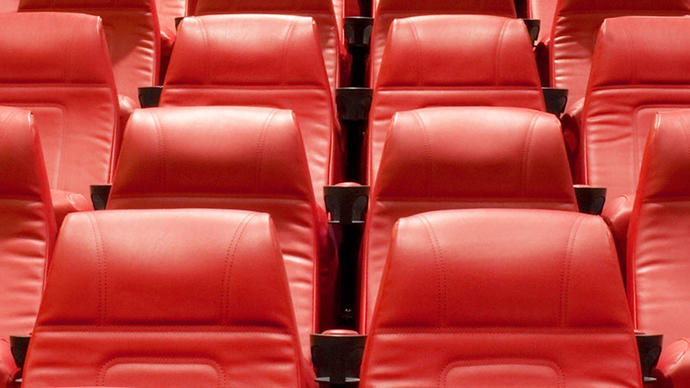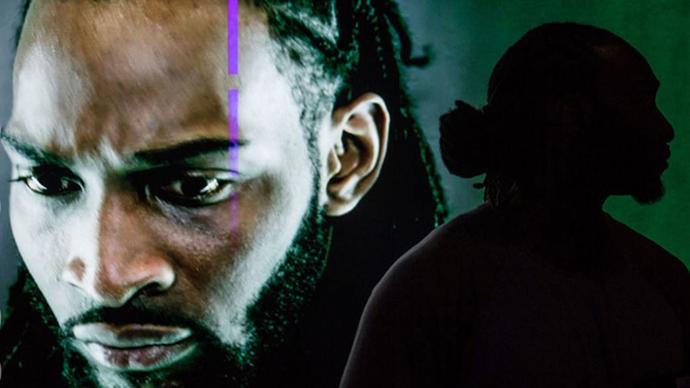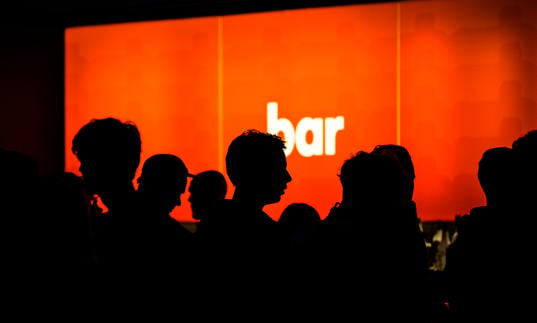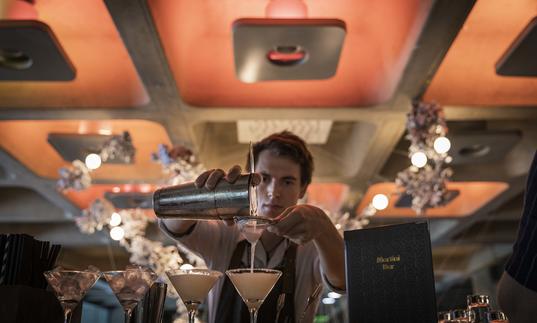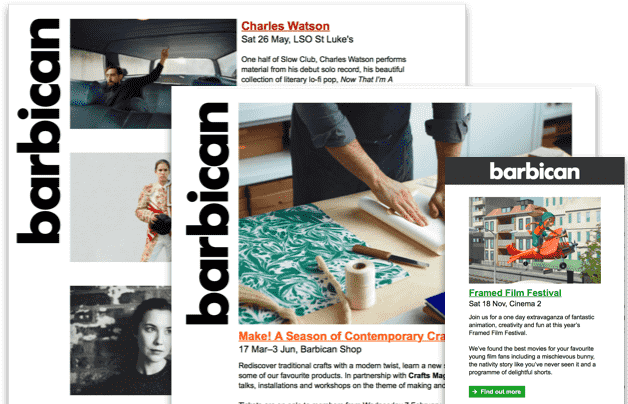At its core, cinema is an animated form of still photography. Whereas the camera freezes time – preserving just one instant – the projector starts it up again: cinema preserves a fragment of time that can be experienced as an actual duration. “Now, for the first time,” wrote film critic André Bazin, “the image of things is likewise the image of their duration.”
Time is made and structured in film – as in other narrative arts – by manipulations to plot and story, sometimes in ways unique to the medium. Through editing, shots can highlight different perspectives of a single moment. Two distinct times may be juxtaposed through flashback/forward. Our perception of time can be quickened through fast-paced editing, or, alternatively, slowed down with static cameras and long takes.
In the hands of certain directors, these techniques have been used to represent on screen our own experiences of time, memory processes and dream states as we live them, from the inside, allowing us to dream anew.

